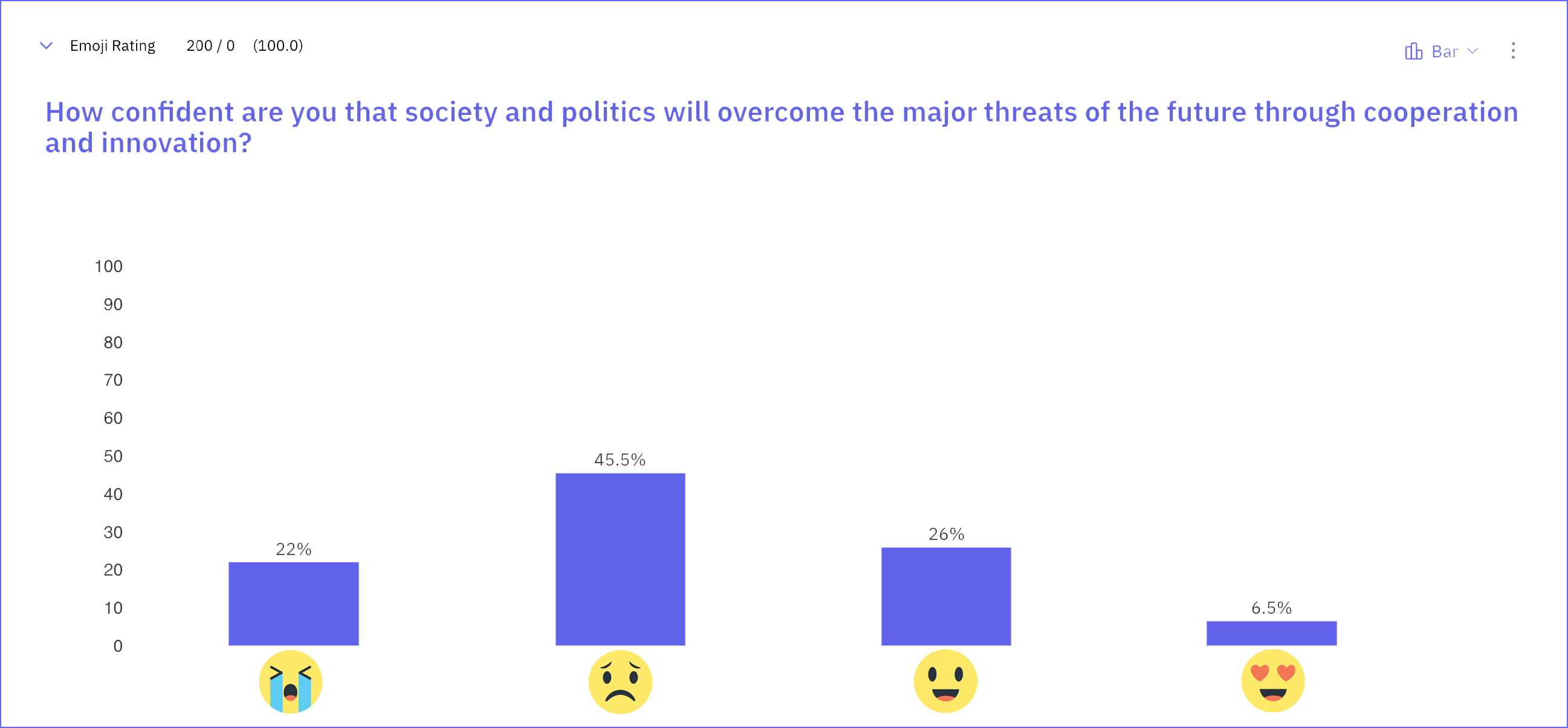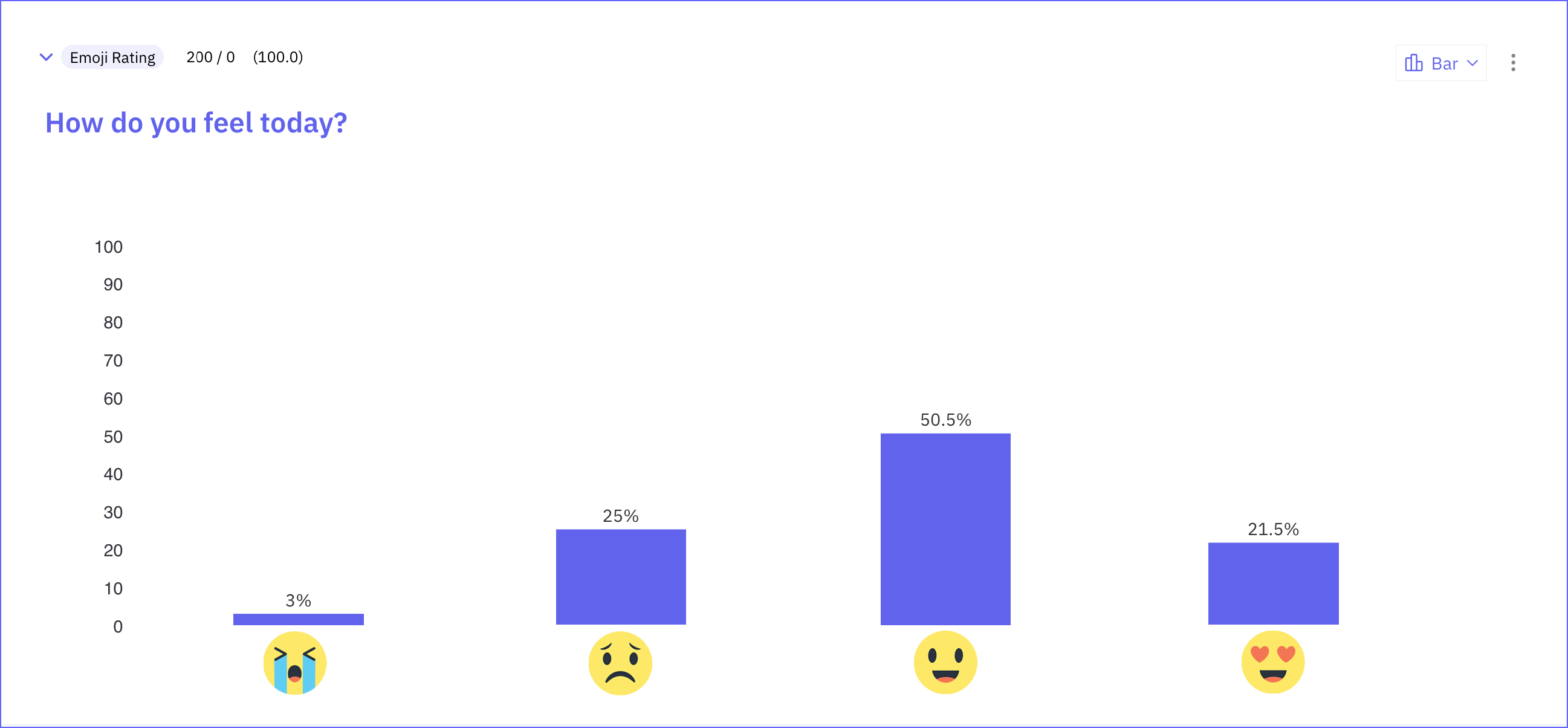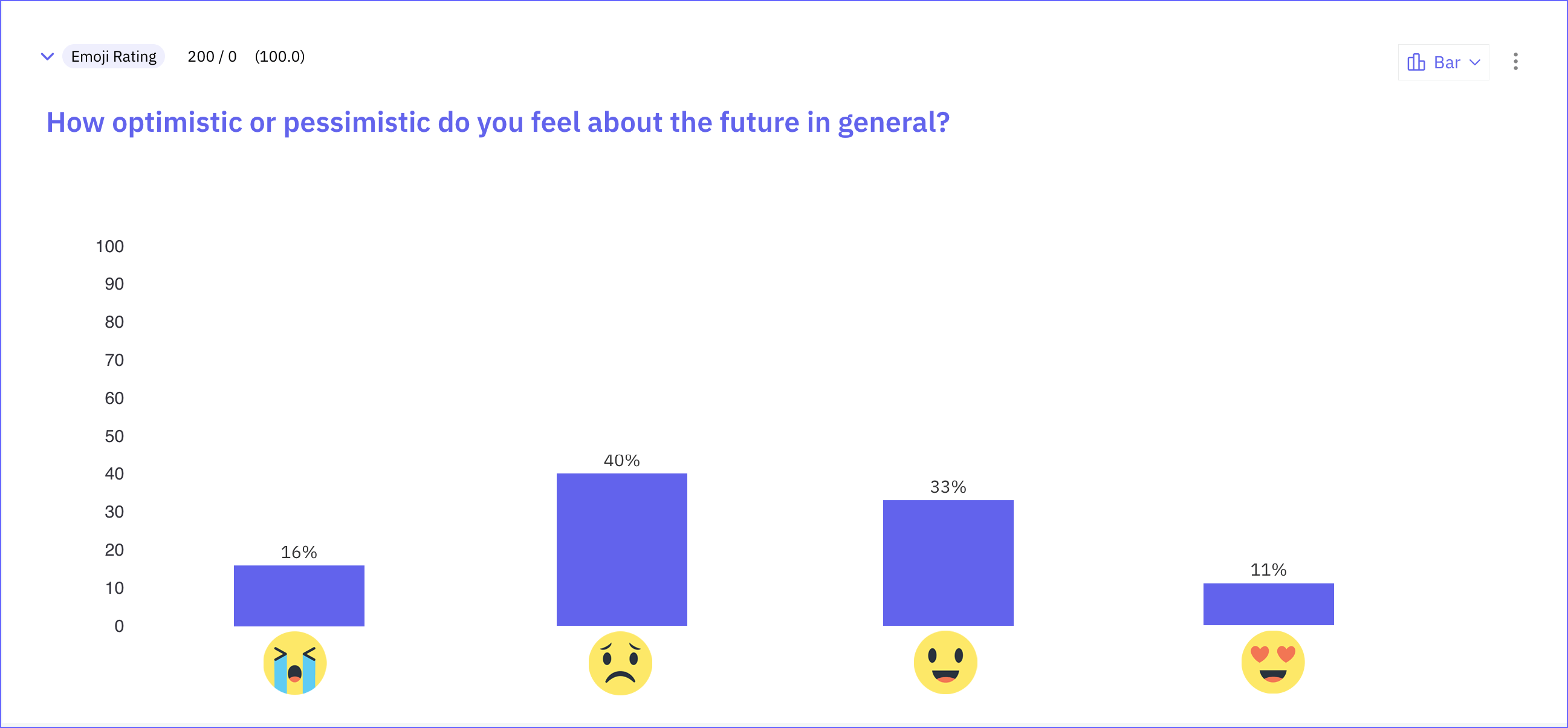The Nation’s Heartbeat: A Look at the Future Fears in the USA
Navigating through an era marked by rapid transformations and complex issues, the exploration of future fears becomes increasingly critical. In the USA, recognized for its cultural diversity and innovation, citizens’ apprehensions are as varied as the nation itself. Concerns encompass economic uncertainty, political volatility, and the escalating threat of environmental challenges. These collective fears provide a snapshot of the prevailing mindset, highlighting how individuals perceive and react to the shifting landscape of societal and global dynamics.
Reasons for Regularly Surveying the Population about Their Future Fears
Asking the public what they fear and worry about the future is important for several reasons:
- For Political Decision-Makers:
Understanding the population’s worries, doubts, and priorities can help governments and politicians better address them and formulate reassuring political measures and messages. Surveys provide important insights when the population feels unheard on critical issues like financial crises or climate change, leading to dissatisfaction. - For Businesses and Investors:
Depending on whether people are optimistic or pessimistic about the future, consumer outlook, buying behavior, and demand change. Surveys on emerging worries help set innovation priorities and make smart investments to meet changing needs. - For Social Cohesion:
Ignoring widespread and growing fears in the public, such as technological displacement or social exclusion, can threaten social cohesion and mental health. Identifying fears allows for proactive unifying solutions. - For International Relations:
Global surveys showing cross-border common concerns – such as nuclear threats or pandemics – highlight our shared humanity despite different political views. This can motivate a more cooperative approach between nations.
resonio Showcase Survey: “Future Fears of the Population”
In this context, it is essential to develop a deeper understanding of the specific fears and hopes of the population. To shed light on these aspects, we conducted a study using our market research tool “resonio,” where 200 people in the USA were surveyed about their thoughts and feelings regarding the future. This study not only reveals the prevailing moods among Americans but also provides insights into the various coping strategies and expectations they have of their societal and political leaders.
Survey Structure and Methodology
Our study was based on a carefully composed survey that provided both qualitative and quantitative data. Respondents were selected to ensure a broad demographic spread, including various age groups, genders, ethnicities, and socioeconomic backgrounds. This allowed us to get a comprehensive picture of the various perspectives within the US population.
Survey Participants:
The survey was conducted twice with
- 200 participants from the resonio participant pool in the USA
(we present the evaluation of the survey in the USA in this post) and - 200 participants from the resonio participant pool in Germany
(You can find the evaluation of the survey in Germany in the DE version of this post.)
Demographic Data:
Participants in our study represented a broad spectrum of American society. They came from different regions of the country, including urban and rural areas, covering a range of young adults to seniors. This diversity in the sample was crucial to accurately capturing the various views and experiences shaping future fears in the USA.
Details of participants regarding gender, age, and living area:
- Gender:
The survey included more women (73,5%) than men (26,5%). - Age:
The average age of the respondents is 37 years, with a range from 18 to 69 years. - Living Area:
 Respondents were fairly evenly distributed across urban (60), suburban (80), and rural (60) areas.
Respondents were fairly evenly distributed across urban (60), suburban (80), and rural (60) areas.
However, the study did not find a significant correlation between living area and the generally positive or negative future assessment of the participants.
Questionnaire Creation:
With resonio, our own survey tool, creating the questionnaire was effortless, thanks to the drag-and-drop functionality. This user-friendly method allowed not only for rapid adaptation of the questionnaire to our requirements but also ensured an understandable and accessible participation for the study participants.
Duration:
The completion of the survey with a total of 400 participants was completed in just 16 hours (despite time differences).
The Questionnaire for the Online Survey: 
Survey Results and Analysis: Insights into the Fears of the US Population
Our analysis revealed several key themes that reflect Americans’ concerns about their future:
Optimism and Pessimism:
- Current Mood:

Most respondents (72%) rated their mood as good to very good at the time of the survey, indicating a fundamentally positive mood.
- Mixed Feelings About the Future:

56% of the respondents indicated a pessimistic view of the future. This number shows a clear tendency towards concern and skepticism about upcoming developments, underscoring the need to take these concerns seriously and address them.
Major Worries:

- Financial and Debt Crises: With 95 mentions, concerns about financial security and fear of a debt crisis ranked first. This reflects the increasing economic uncertainty and people’s worries about their personal financial future.
- Political Instability: 78 participants expressed concerns about political unrest and instabilities. This underscores the growing unease about the political landscape in the USA and its impact on society.
- Health and Aging: For 64 respondents, declining health and the challenges of aging were a source of worry, highlighting the importance of healthcare and retirement security.
- Environmental Threats: Environmental issues like climate change and environmental destruction were rated as concerning by 51 people, indicating rising awareness of ecological questions.
- Loneliness and Social Isolation: 50 respondents named loneliness and social isolation as one of their main fears, highlighting the social impacts of the modern connected world.
Confidence in Overcoming Future Threats:

It appears that a significant proportion of respondents, 67.5%, have little or no trust. However, 26% of the respondents, gave a rather positive assessment, but only 6.5% gave the highest confidence rating. This distribution suggests a general tendency towards scepticism or concern about the effectiveness of society and politics in meeting future challenges.
Coping Mechanisms:

- Seeking Support: The most common coping strategy was seeking support from friends and family, considered important by 74 respondents. This illustrates the central role of social connections in emotional well-being.
- Staying Informed: 68 participants stated that keeping up with current events helped them cope better, suggesting that an informed understanding of the world is perceived as a form of control over their fears.
- Meditation and Mindfulness: 63 respondents found solace in meditation or mindfulness as a way to deal with their fears, indicating a trend toward self-care and mental health prevention.
Expectations from Society and Leaders:

- Transparency and Communication: 65 participants desired more openness and clear communication from political and societal leaders.
- Affordable Healthcare: This was a main concern for 55 respondents, underscoring the urgency of healthcare reform.
- Diplomatic Efforts for Peace: 42 people emphasized the importance of diplomatic efforts for global stability.
- Economic Stability and Job Creation: 41 respondents saw this as a key area for political action.
- Environmental Actions and Sustainability: 35 participants stressed the need for concrete steps in environmental protection.
Conclusion and Analysis of the Study Results
These results clearly show that Americans are in a state of moderate to strong concern about the future. Respondents express their fears and simultaneously show a clear need for proactive measures and solutions in areas such as the economy, healthcare, politics, and the environment.
The study results not only provide insight into the current fears of the US population but also open a deeper discussion about their causes and possible actions needed by political decision-makers and society as a whole.
Possible Causes of Fears
The multifaceted fears uncovered in our study among the US population could have been influenced by various factors. Although these possible causes do not directly stem from the study results, they still provide a theoretical framework for interpreting the identified future fears:
- Economic and Political Uncertainty:
Ongoing uncertainty in the economy and political tensions both nationally and internationally might have intensified worries about financial stability and political unrest. Uncertainty about job security, economic prospects, and political developments could influence people’s fears. - Health and Demographic Changes:
Rising fears related to health issues and the aging process could be influenced by demographic changes and a shifting healthcare landscape. The demographic transition and discussions about the availability and quality of healthcare could contribute to these fears. - Environmental Conditions and Climate Change:
Concerns about environmental threats reflect the growing global awareness of climate change and its potential impacts. Increased reporting on natural disasters, environmental pollution, and the fight against climate change could intensify people’s fears of an uncertain future. - Social Isolation and Digital Transformation:
The fear of loneliness and isolation might be a consequence of advancing digitization and changes in traditional social structures. The increase in technology and social media can contribute to a feeling of alienation and isolation, which in turn could amplify future fears.
Conclusion
In light of the comprehensive study results on the future fears of the US population, it is evident that a multitude of worries and fears shape people’s thoughts. From financial uncertainties to environmental threats, the findings reflect the complexity of today’s society.
Regular surveys of the population about their future fears are crucial for various stakeholders in politics, economy, and society. Political decision-makers can take more targeted actions by better understanding citizens’ fears, while businesses and investors can adjust their strategies to meet changing needs. This ongoing dialogue and understanding are vital in addressing the concerns effectively and fostering a resilient and forward-looking society.
Utilize resonio for Your Market Research

 Respondents were fairly evenly distributed across urban (60), suburban (80), and rural (60) areas.
Respondents were fairly evenly distributed across urban (60), suburban (80), and rural (60) areas. 

